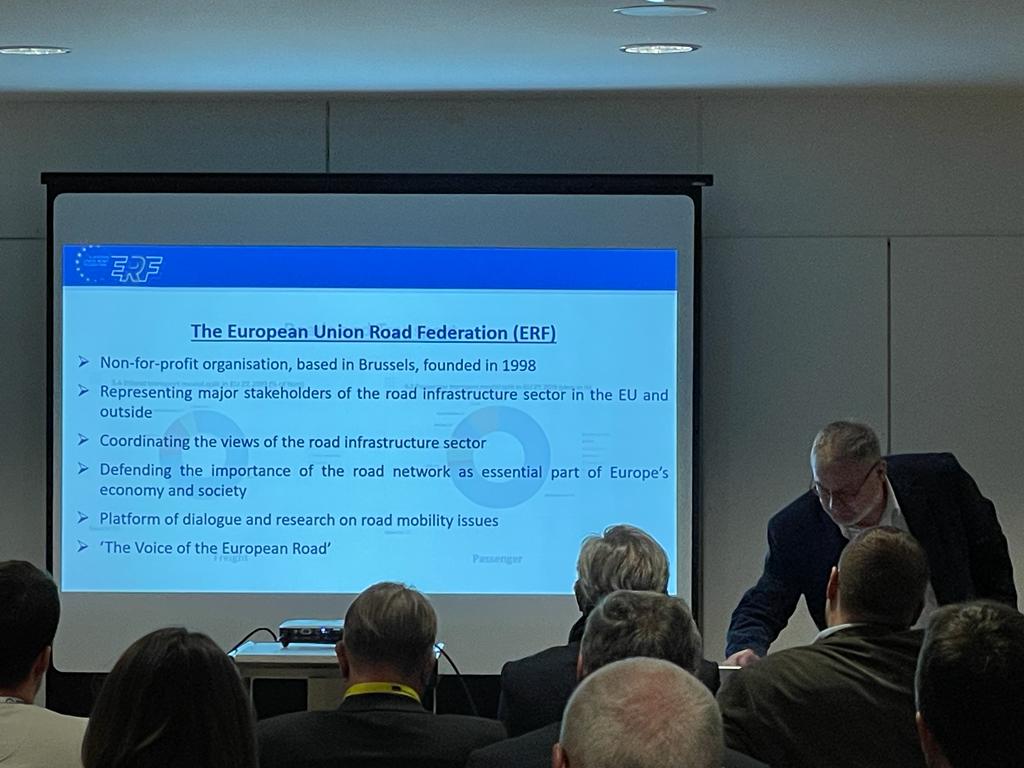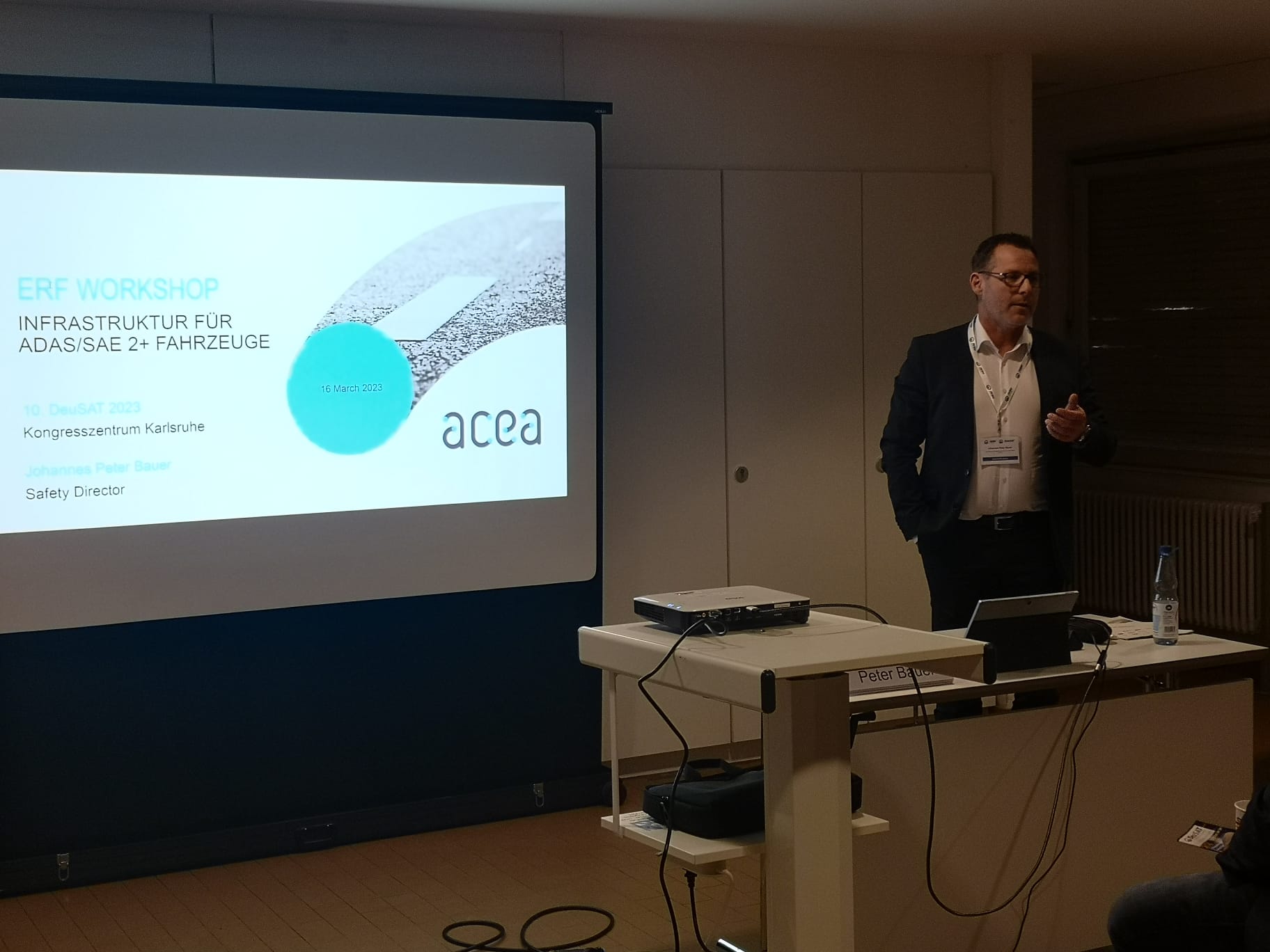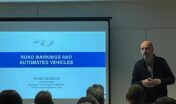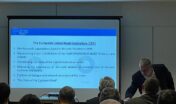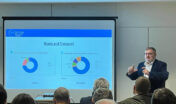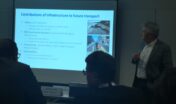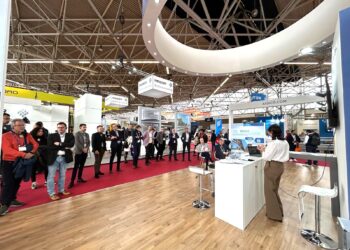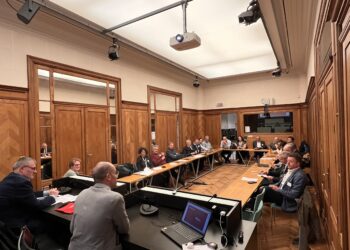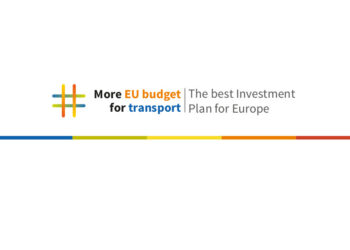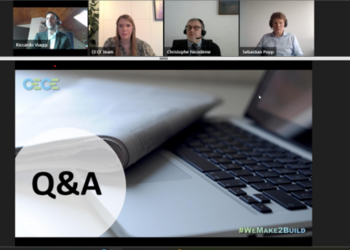Karlsruhe, Germany | 16 March 2023
DEUSAT, the cutting-edge annual event organised by the German association of Road equipment Ivst., took place this year on 15-16 March in Karlsruhe (Germany). The event is at the same time congress and exhibition and this year it focused on the latest development in terms of traffic technology: the event is a must for all the professionals and experts of the whole road equipment sector. During the second day of the congress, ERF held a workshop on” the road infrastructure of the future: sustainable and promoting new forms of mobility”.
Christophe Nicodème- Director General of ERF- opened the workshop by briefly presenting ERF and its role in advocacy for the road industry vis-à-vis the European Institutions. After that Mr Johannes Peter Bauer (Safety Director at ACEA) gave a presentation about infrastructure and ADAS: first of all, he gave an overview of the European legal framework, by providing an update on the General Safety Regulation. The new version of the regulation introduces a range of mandatory advanced driver assistance systems to improve road safety and establishes the legal basis for the approval of automated and fully driverless vehicles in the EU. The European Commission introduced new Advanced Driver Assistance Systems (ADAS), Intelligent Speed Assistance (ISA), and Emergency lane keeping systems (ELKS) which have to fulfill several requirements such as :
- Need to use cameras, sensors, and navigation data to work properly and fulfill the requested performance on EU roads.
- Can be overridden and deactivated by the driver.
- Leave as L2 system the driver in full responsibility of driving task at any time.
Mr Bauer also stressed how the road infrastructure did not develop at the same speed as vehicles although having a high-quality infrastructure is fundamental for the deployment of the technology and to increase Road Safety.
Finally, Road safety is a combination of vehicles, infrastructure, road user education, and enforcement: all those factors need to blend to reach the vision zero objectives by 2050.
Harald Mosböck (ERF Vice-President) then delivered a presentation about Road Markings and automated vehicles giving first the European legal framework (General Safety Regulation and Road Infrastructure Safety Management Directive) and then an overview of the situation all over the world. Given the growing need for decarbonization of transport, the ERF Vice-President also gave an overview of the Green Deal and the EU emissions trading system (EU ETS): the EU’s key tool for reducing greenhouse gas emissions. He then presented the core business model for road marking public tenders and the Carbon Border Adjustment Mechanism (CBAM): the CBAM mechanism entails the issuing of certificates (CBAM certificates) by importers, based on the embedded emission intensity of the products they import in the EU. These certificates will not be linked to the EU ETS system of allowances but will mirror the price of these allowances to ensure a coherent approach to the pricing under the EU ETS.
The workshop was then closed by the presentation of Rik Nuyttens (current president of ERF. The road infrastructure of the future will contribute to increasing road safety, and it will be both physical and digital, enabling connected and decarbonized road transport. He then gave an overview of the main EU initiatives and regulations for road transport like Valetta Declaration on Road Safety, the third Mobility Package, the EU Green Deal, the Road Infrastructure Safety Management, and finally the Construction Products Regulation (CPR). The CPR is currently under review and it is the directive regulating the harmonization for putting on the market construction products (road equipment being one of the construction products).
Mr. Nuyttens ended his presentation by stating that closer cooperation amongst stakeholders is essential as well as new business models and redesign of urban areas will need to be put in place to cope with the Green Public Procurement requirements, as well as to adapt to connected and automated mobility.
Presentations are available hereunder:
Pictures of Speakers
-
Joint Manifesto: #MoreEUbudget4transport
April 2, 2024


